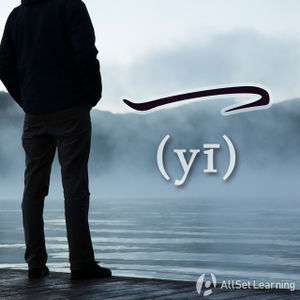Difference between revisions of "Events in quick succession with "yi... jiu...""
| Line 12: | Line 12: | ||
</div> | </div> | ||
| + | |||
| + | The subjects of the two "Events" can be the same, but they don't have to be. If they're the same, then you don't need to repeat the subject for the second one. | ||
== Examples == | == Examples == | ||
Revision as of 08:34, 23 May 2013
-
Level
-
Similar to
-
Used for
-
Keywords
This pattern tells us that as soon as (一) one thing happened, then (就) another thing happened immediately afterward.
Structure
The pattern involves two different events, the first preceded by "一", and then the second event, which follows in quick succession, preceded by 就.
一 + Event 1 + 就 + Event 2
The subjects of the two "Events" can be the same, but they don't have to be. If they're the same, then you don't need to repeat the subject for the second one.
Examples
- 我 一 看到 他 就 很 不 高兴 。
- 我 一 想到 上班 就 很 烦 。
- 他 一 生气 脸 就 红 。
Sources and further reading
Books
- Common Chinese Patterns 330 (汉语常用格式330例) (pp. 184) →buy
- New Practical Chinese Reader 2 (新实用汉语课本2) (pp. 240) →buy
- New Practical Chinese Reader 3 (新实用汉语课本3) (pp.169) →buy



